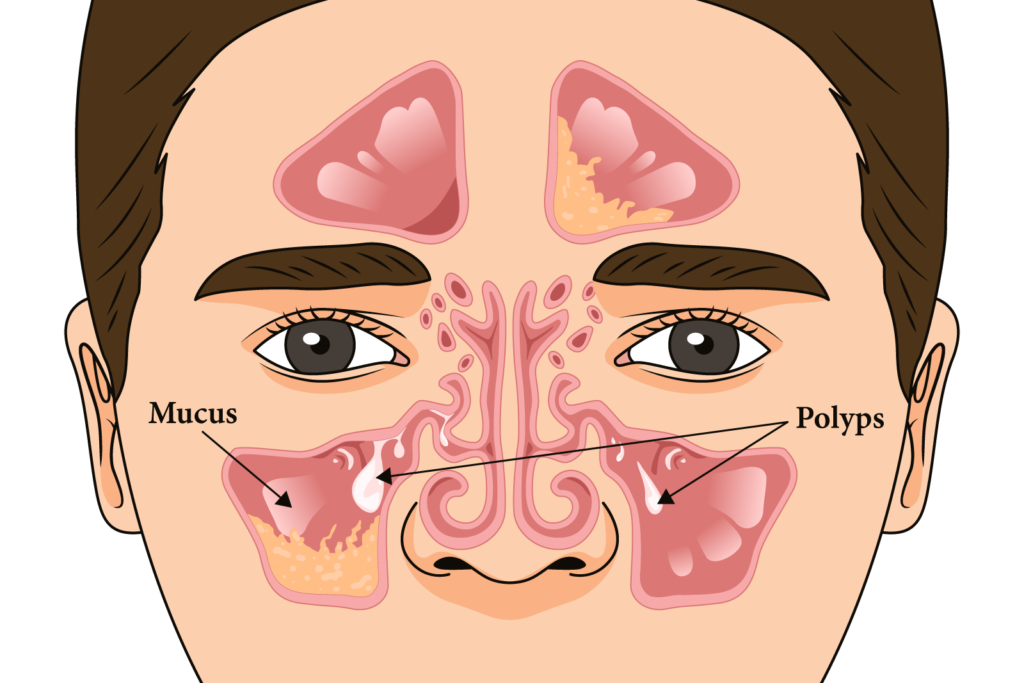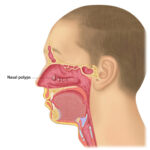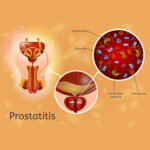Introduction to Chronic Rhinosinusitis Without Nasal Polyps (CRSsNP)
Chronic rhinosinusitis without nasal polyps (CRSsNP) is a persistent inflammatory condition affecting the paranasal sinuses. Unlike its counterpart, chronic rhinosinusitis with nasal polyps (CRSwNP), CRSsNP is characterized by an absence of polyp formation. This condition impacts millions globally, leading to significant reductions in quality of life due to symptoms such as nasal congestion, facial pain, and decreased olfactory function.

Symptoms of CRSsNP
Patients with CRSsNP commonly experience a combination of the following symptoms:
- Nasal congestion or obstruction
- Facial pain or pressure, particularly around the sinuses
- Thick nasal discharge, often yellow or green in color
- Reduced or lost sense of smell
These symptoms persist for at least 12 weeks and can vary in severity.
Causes and Risk Factors
CRSsNP is a multifactorial condition with several contributing factors:
- Chronic inflammation: The primary driver of CRSsNP, often caused by prolonged immune responses.
- Infections: Recurrent bacterial or viral infections can exacerbate sinus inflammation.
- Allergies: Allergic rhinitis can predispose individuals to CRSsNP by promoting nasal mucosal swelling.
- Environmental irritants: Exposure to pollutants, smoke, and dust may trigger or worsen symptoms.
- Anatomic abnormalities: Structural issues such as a deviated nasal septum or narrow sinus drainage pathways.
Diagnosis of Chronic Rhinosinusitis Without Nasal Polyps
Accurate diagnosis is crucial for effective treatment. The following steps are commonly involved:
- Clinical evaluation: Physicians assess symptoms and their duration.
- Nasal endoscopy: A minimally invasive procedure that allows direct visualization of the sinuses.
- Imaging studies: CT scans are the gold standard for evaluating sinus anatomy and inflammation.
- Allergy testing: Identifies potential allergens contributing to symptoms.
Treatment Options for CRSsNP
Medical Management
- Nasal corticosteroids: These are the first-line treatment for reducing inflammation and alleviating symptoms.
- Saline nasal irrigation: Helps clear mucus and improve nasal airflow.
- Antibiotics: Reserved for cases involving bacterial infection.
- Antihistamines: Beneficial for patients with coexisting allergies.
Surgical Interventions
For patients who do not respond to medical therapy, surgery may be considered. The most common surgical approach is functional endoscopic sinus surgery (FESS), which aims to restore normal sinus drainage while preserving healthy tissue.
Complications of Untreated CRSsNP
Failure to address CRSsNP can lead to complications, such as:
- Chronic facial pain
- Sleep disturbances
- Recurrent infections
- Spread of infection to nearby structures, including the eyes and brain (rare).
Preventive Measures for CRSsNP
- Avoid exposure to allergens and irritants.
- Maintain good nasal hygiene with regular saline irrigation.
- Seek timely treatment for upper respiratory infections and allergies.
Prognosis
With appropriate management, most individuals with CRSsNP achieve significant symptom relief. However, chronic cases may require ongoing treatment to prevent relapses.

